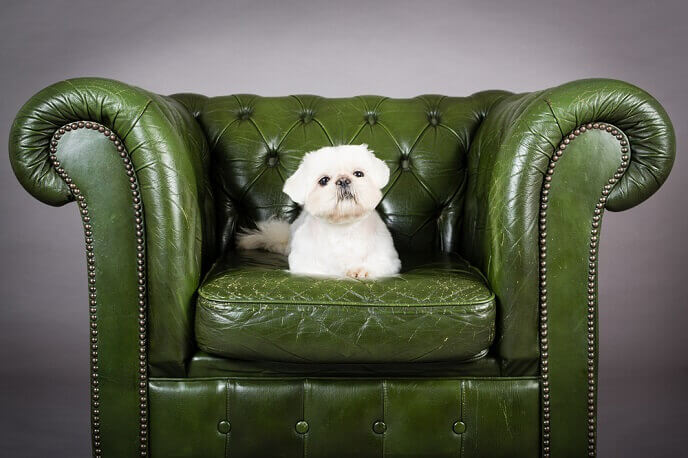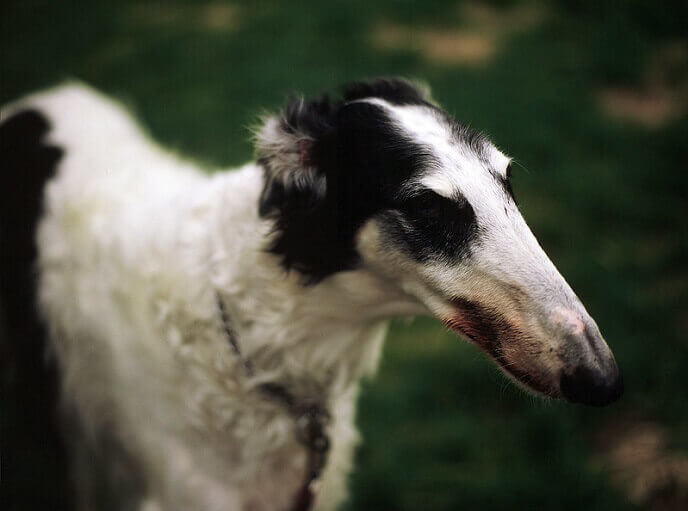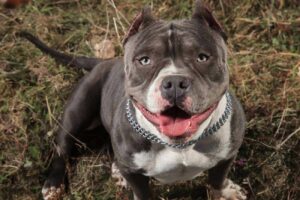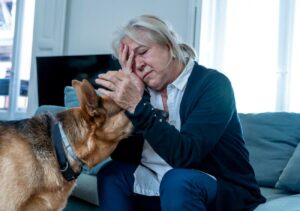Being a pet parent is a lot of fun, and brings both parties a lot of pleasure, but something that is usually not as much fun is leaving your pup home alone when you have to go to work or school.
It's often unavoidable, of course, but it's hard to make your pup understand that if you don't leave you can't keep him in kibble, toys and treats.
All that they understand is that you're gone, and for some dogs, that's a real problem.
While no dog (we don't think) ever likes being left in the house alone, there are certain dog breeds that tend to have less of a problem with the idea, are less likely to suffer from separation anxiety and do things like chew up the house because they are bored or scared, or bark from the time you leave to the second you get back (which some pups do, much to their pet parent's frustration.)
Here we are going to take a closer look at these more independent doggos, as well as offer some tips for helping any pup get more comfortable with the idea of being left alone all day - or for about eight hours at least.
How Long Can You Leave a Dog Alone?
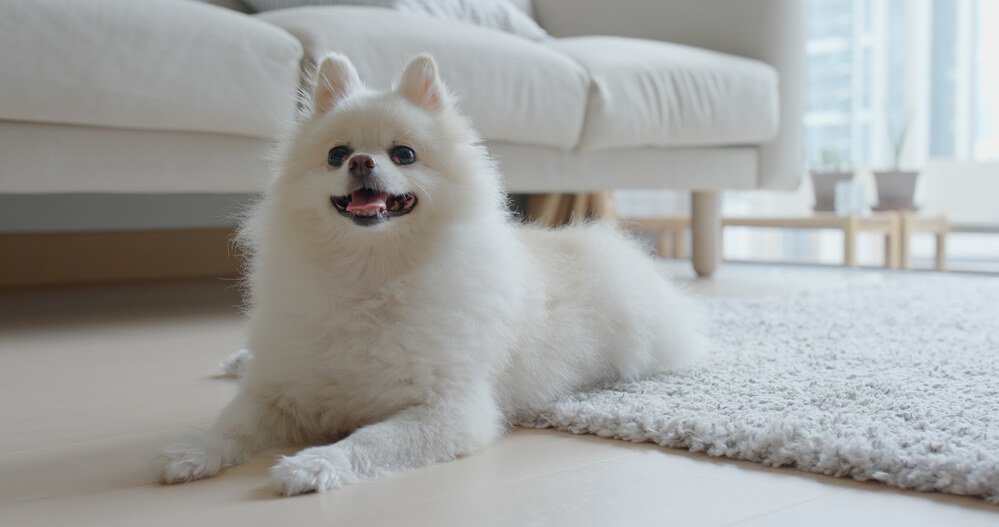
The answer to this question is not really how long can you leave a dog alone, but how long should you?
"Adult dogs are generally okay on their own for between 4 and 6 hours per day. However, many dogs are good at getting used to being alone for 8-9 hours while you are at work" according to Scottsdale Ranch Animal Hospital.
Technically, physically, a dog is unlikely to suffer any ill effects if left alone - with food and water - for 8-9 hours, as long as they also have plenty of space to roam around.
Anything over that amount should only be done in an emergency, it's really far too long for any dog, even one that usually does well alone, to be without human company and care.
So how long should you lave a dog alone? Often that depends on their age, with the following being a (very) rough guide.
- Puppies under 10 weeks old: 1 hour
- Puppies 10-12 weeks: 2 hours
- 3 months old : 3 hours
- 4 months old: 4 hours
- 5 months old: 5 hours
- 6 months old : 6 hours
- Over 6 months: Maximum 6-8 hours
This means that until they are well on their way to adulthood, puppies are unlikely to handle you being away for an eight-hour workday very well.
There are workarounds for this (we'll discuss those later) but in general puppies just should not be left alone for too long.
Best Breeds That Can Be Left Alone for Long Periods of Time
Now it's time to take that closer look at dog breeds that can be left alone for 8 hours or more.
This is a generalization, remember, your pup may be quite different, as no matter what breed they are, every dog is a unique individual (just like a human).
1. Lhasa Apso
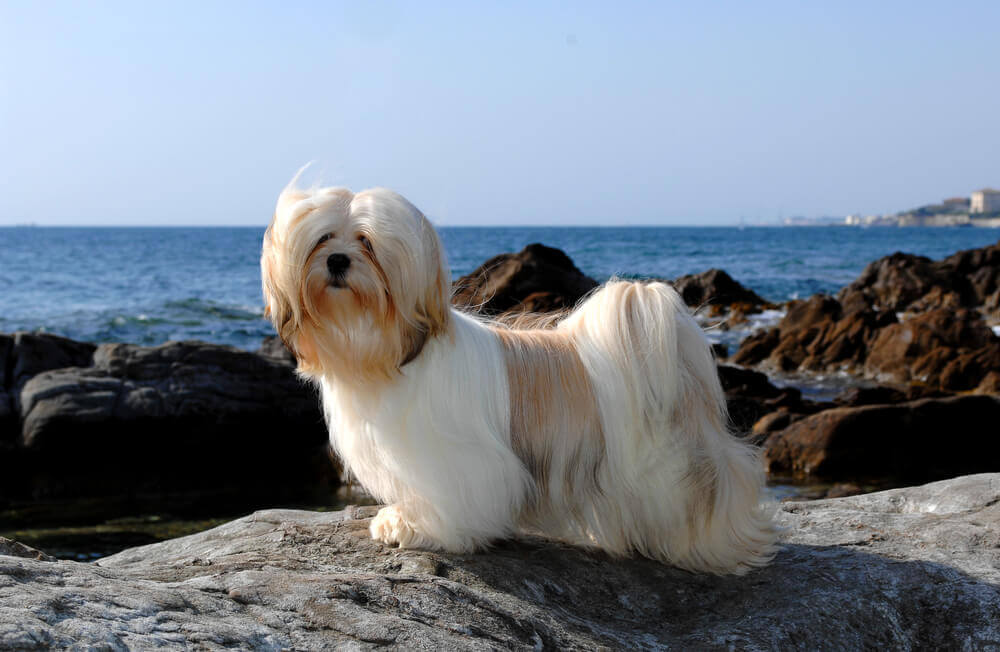
The Lhasa Apso was first written about over a thousand years ago, in Tibet.
The little dogs, which were assigned their name after the city of Lhasa, were used as watchdogs inside of temples and royal residences, in case any intruders got past the larger dogs (usually Tibetan Mastiffs) at the gates (life was pretty dangerous back then, even for monks.)
Perhaps it's all the time their ancestors spent staying watchful and zen that allows modern Lhasa Apsos to tolerate solitude better than many other pups.
Or, perhaps it's the fact that they are very intelligent pups, and quickly seem to realize that yes, their pet parent is leaving, but they'll be back, and in the meantime they could take a nap...
2. Boston Terrier
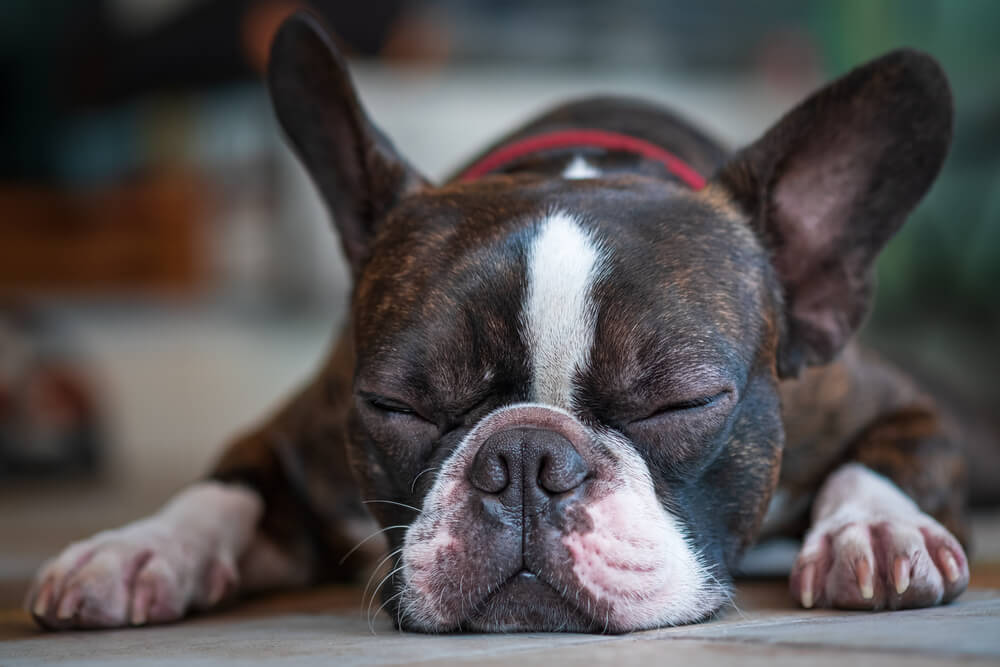
Boston Terriers are usually very social - and often almost hyper - pups for long stretches of the day, but they also like to ensure they get their nap time in between mealtimes and playtime.
This means that often, the usually quite independent Boston Terrier will nap away the time while they are alone, although they might get up to get a snack...
3. Shiba Inu
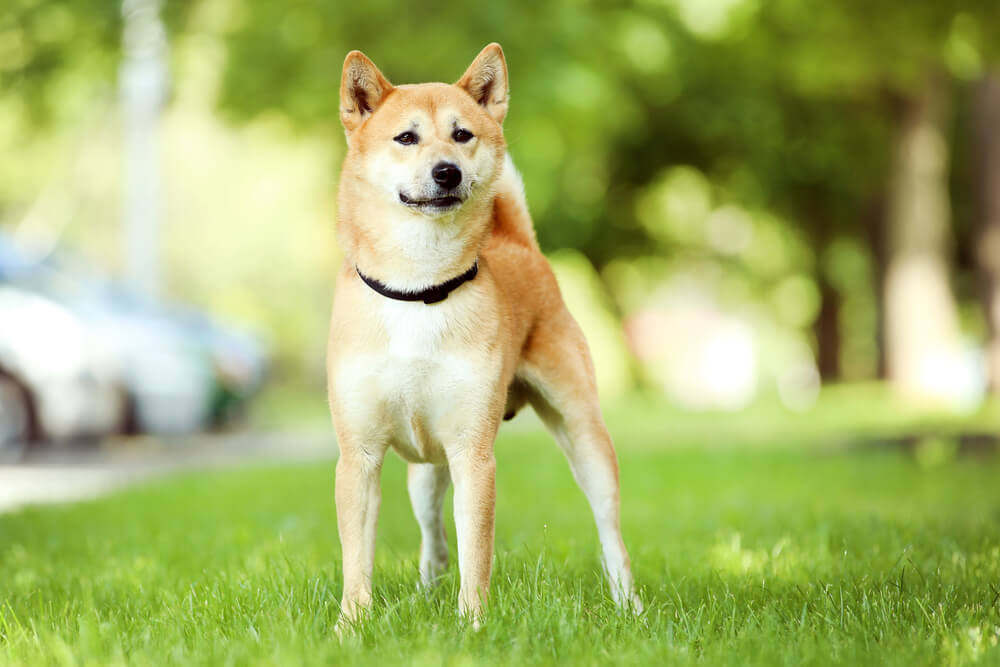
Shiba Inus, Japan's most popular pet, have something of a reputation for being more aloof than many other dog breeds.
It's not that they don't like humans, they will play and enjoy active games with humans, but they seem to also really like their own company.
And while this might be a downside for a pet parent looking for a very cuddly pup, it's a definite plus for those who are out of the house for long stretches of the day.
4. Chow Chow
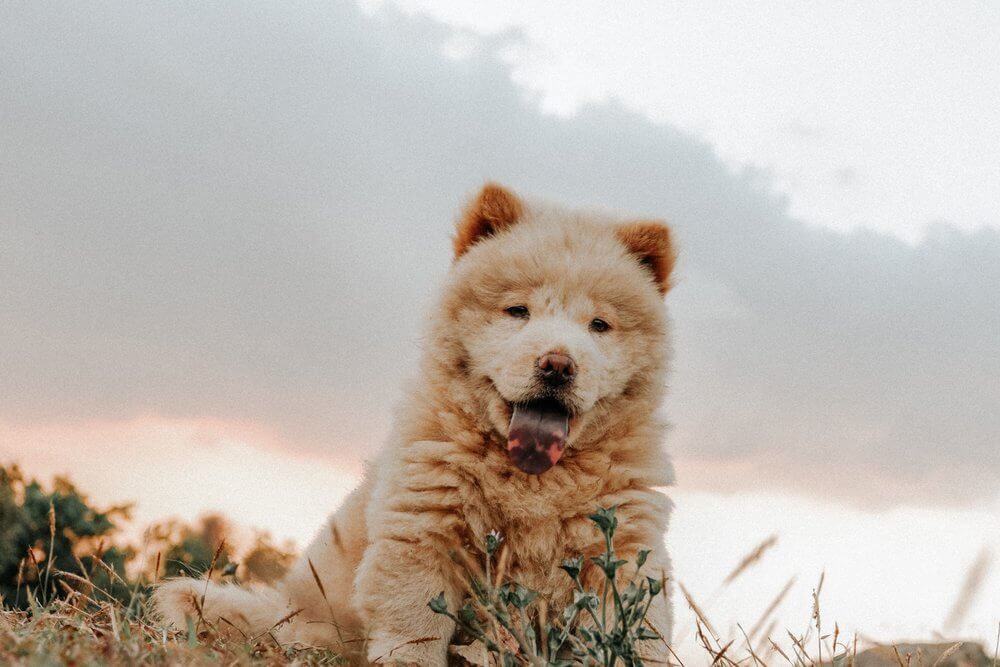
Some of those who own one have compared the independent personality of the Chow Chow dog breed to that of a cat.
If you're searching for a cuddle buddy who'll love to leap into your lap, this is probably not the breed for you, because they can be distant and outright wary of strangers.
However, with patience, they can learn to become attached to humans, and become a fiercely devoted companion and often a playful one too.
But also one that really does not have a problem being alone for long stretches of time, perhaps making them an ideal choice for someone who has to go to work or school every day of the week but will make time to play on the weekend.
5. Japanese Chin
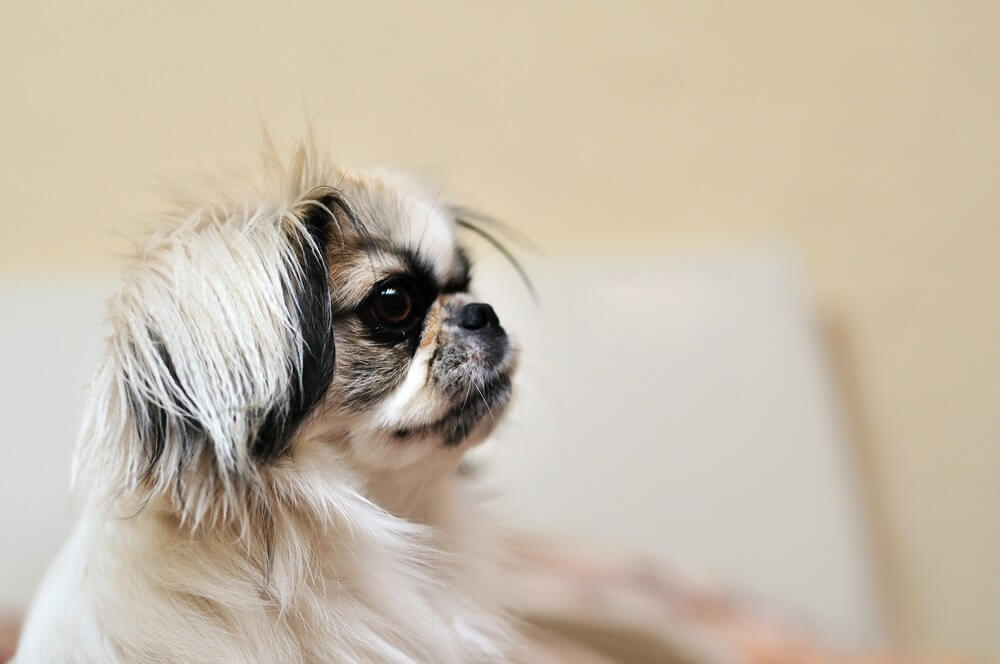
Even when they are not alone, experienced Japanese Chin pet parents say it's not at all unusual for them to disappear for hours to nap alone and enjoy some 'me time' away from the hustle and bustle of family life.
Part of this may due to the fact that the Japanese Chin is another breed that spent a great deal of time in eastern Royal courts in the distant past, and were trained to be quiet and obedient, a case of to be seen and not heard, as they are exceptionally graceful and elegant, which their Royal masters loved to showcase (and modern Chins often seem to think that is still their place.)
6. Irish Wolfhound
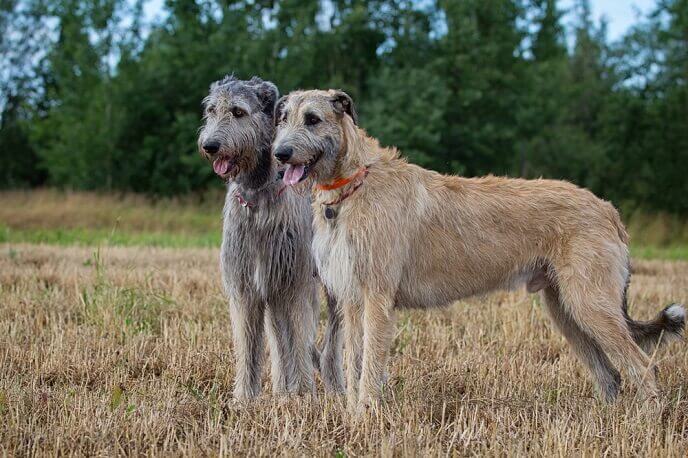
Although these large pups need formal training from an early age in order not to destroy their home (often by accident) they are very intelligent, learn fast, and are independent enough that they seem not to mind being alone for longer periods of time.
In fact, despite their size, Irish Wolfhounds are happy with short walks - they seem to need to rest more than some other large dogs - and when you do come home at the end of the day will be quite happy to spend their evenings quietly at your feet.
7. Borzoi
The distinctive Borzoi was bred as a hunting dog for the elite of Russian society, and spent decades in the service of royalty as particularly skilled hunters.
The modern Borzoi has a very even-tempered, calm, and quiet personality with gentle and elegant mannerisms.
Though they make loyal, affectionate family pets, they can often be reserved with strangers. And they really don't mind being alone. Or they don't complain about it much, at least.
Their attitude, according to Borzoi pet parents, seems to be that making a fuss would be below them!
8. Alaskan Malamute
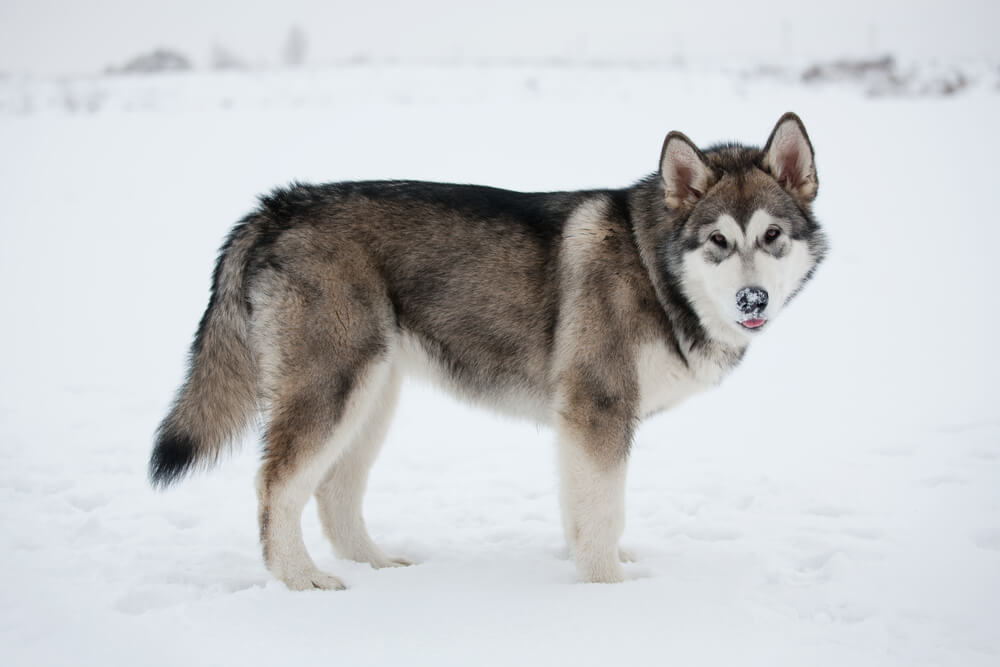
Alaskan malamutes are often fiercely independent dogs, so for them, time alone is often a matter of getting to enjoy more of their 'kingdom' in peace.
They do not feel the need to please their humans as much as many other dog breeds do, and seem to be just fine spending hours in their own company.
The downside of this, and owning an Alaskan Malamute in general, for some is that they need strict training and to maintain a structured schedule, which can call for more time and effort than some might be willing to invest.
However, if you do, the payoff is a loving family dog who will be happy to see their 'pack' when they get home, but won't be that bothered when they are not.
9. Basenji
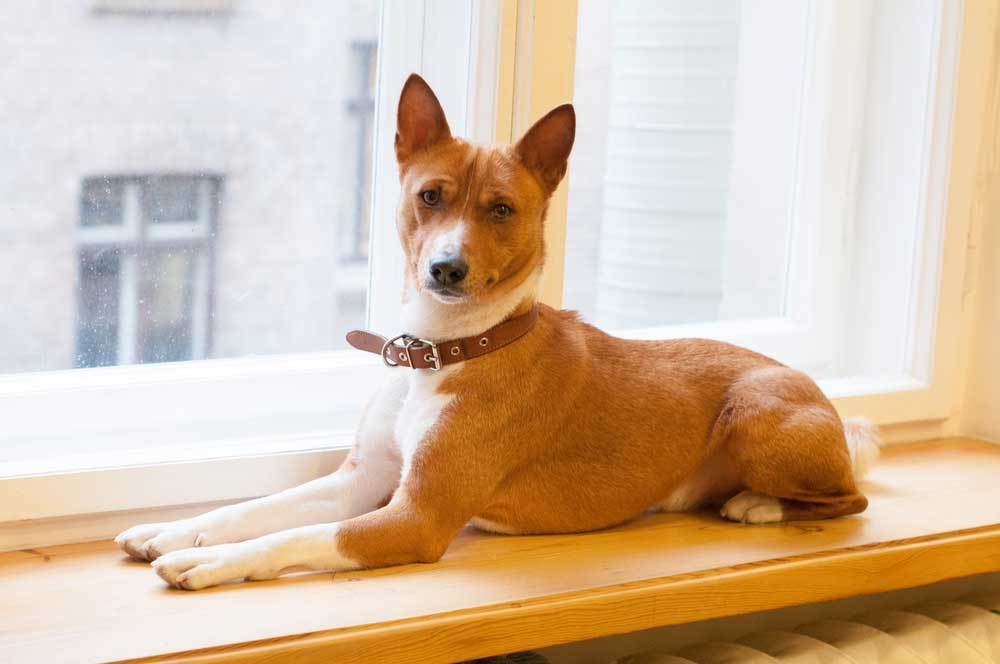
In years past, and on their native continent, these African hunting dogs were raised to be more independent than other pups and don't demand a lot of attention because they were bred to hunt far from their owners, so being left alone is not something that they are afraid of or bothered by.
They are loyal, they do have affection for their owners, but they are not big 'cuddlers'.
Basenjis are also famous for the fact that they do not bark, as their anatomy - they have an unusual flat larynx - does not allow them too, making them a quiet dog to leave home alone too!
10. Chinese Shar-Pei

This unique wrinkly pup is famously very quiet and reserved, and while he bonds closely with human family members and usually becomes their self-appointed loyal protector is rarely phased by the idea of spending time alone in a place he is familiar with (like his home.)
Those who do decide to welcome a shar-pei into their home do need to be willing to put in some extra time grooming them, though.
No, they don't have much fur, but their excessive amounts of skin needs to be properly cared for to prevent infection and mobility issues.
11. Bernese Mountain Dog
These pups are called gentle giants for a reason: that's exactly what they usually are. They are loyal and calm and usually require minimal training to be obedient.
This does mean that they can usually accept being left alone for longer periods of time with good grace.
Like some other very large dogs, the Bernese Mountain Dog does not need as much exercise as you might think, so a short walk when you do get home will be more than enough for him, and he'll then be happy to spend the evening doing whatever you are.
12. Maltese

If you are looking for a toy breed that can be left alone for up to eight hours with minimal issues, then the Maltese may be a great pup choice for you.
They are playful and charming, but also very adaptable, taking to new routines, including being left alone for longer time periods, quite well.
These diminutive, silky haired little dogs are calm and placid, and like to nap (preferably somewhere very comfortable) and may just do that for the majority of the time you are gone.
13. Basset Hound
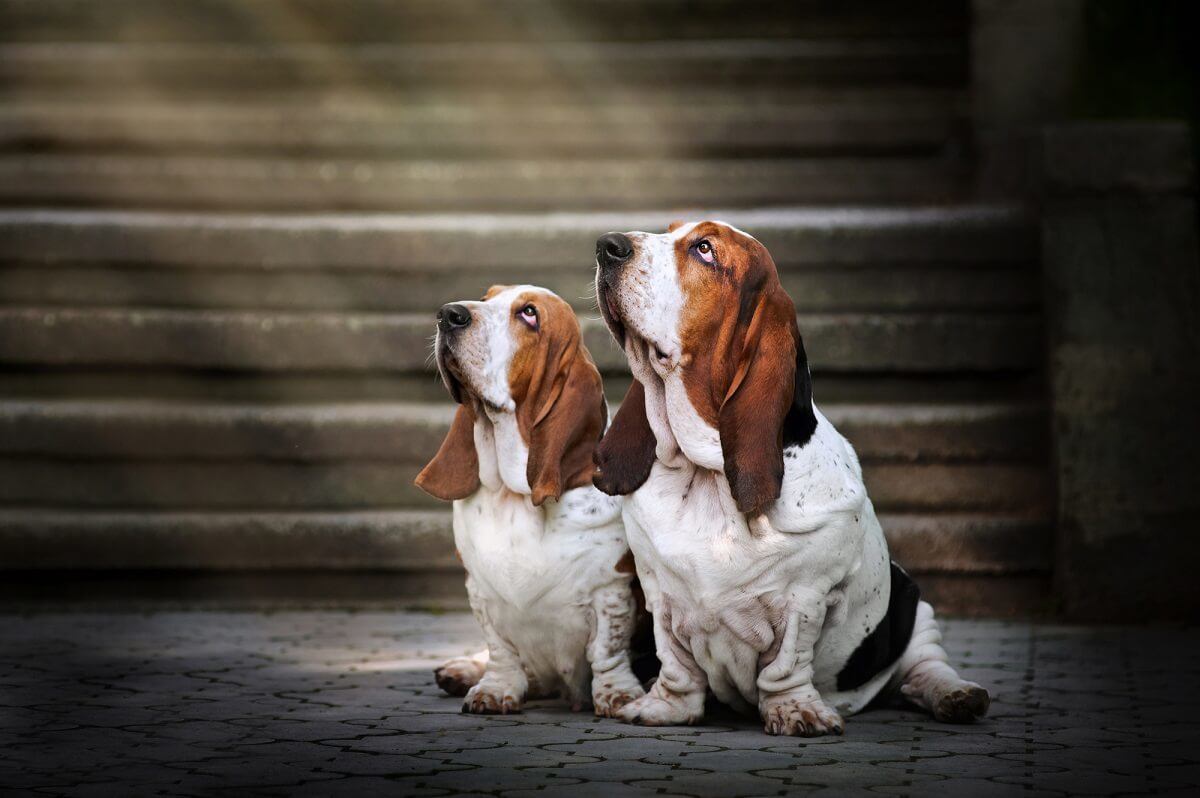
The adorably droopy eyed basset hound is a pup who is known to often take quite a while to bond with their humans, although when they do, they are very loyal to them.
They usually remain very independent, though, and most have no problem being left alone as long as they have a comfortable nap spot and a few treats.
14. Pekingese
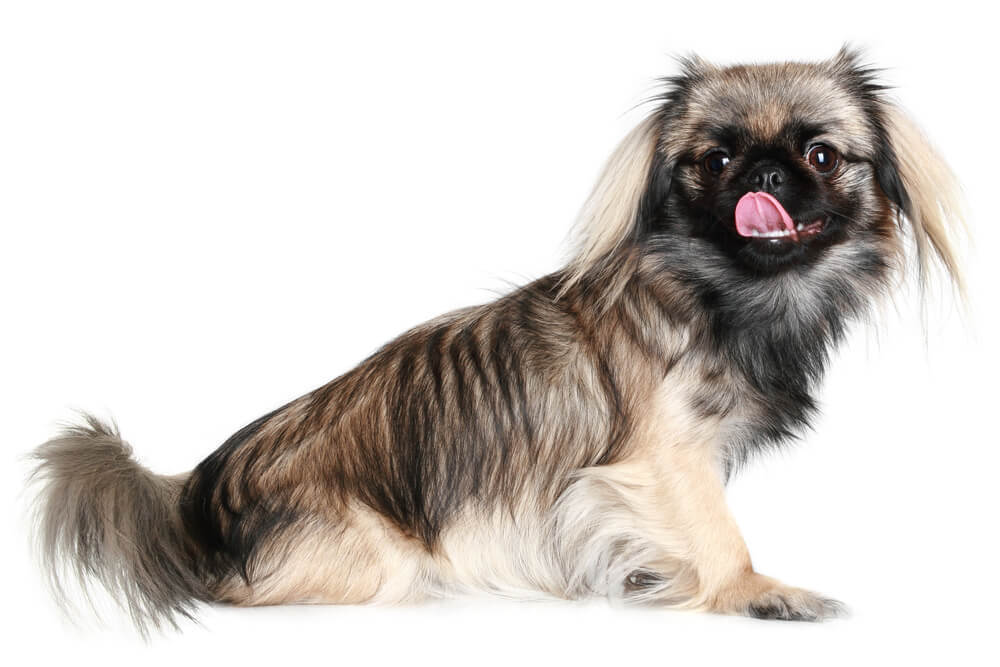
Pekingese Dog Breed
These bright and amusing toy dogs - who originated, as their name suggests, in Peking and were bred as lapdogs - do enjoy being a part of a family and are often quite affectionate with their humans, but they also seem to value alone time, choosing to nap in quiet, hidden corners and sometimes even disappearing for hours.
As they can be quite vocal, especially if something scares or angers them, they may need some bark training before you leave them alone for long periods, unless you don't have any neighbors to disturb!
15. Tibetan Spaniel

Tibetan spaniels - like the Lhasa Apso - were originally the companions of Buddhist monks many centuries ago. However, they were not guard dogs like the Lhasa, they were bred as lapdogs to keep the monks company as they worked.
This has translated over the generations into a loving, calm companion pup who loves to play and please their person.
hat desire to please also means that if they are told they will need to be alone for a while they seem to accept that fact with good grace.
How to Leave a Dog Home Alone While At Work?
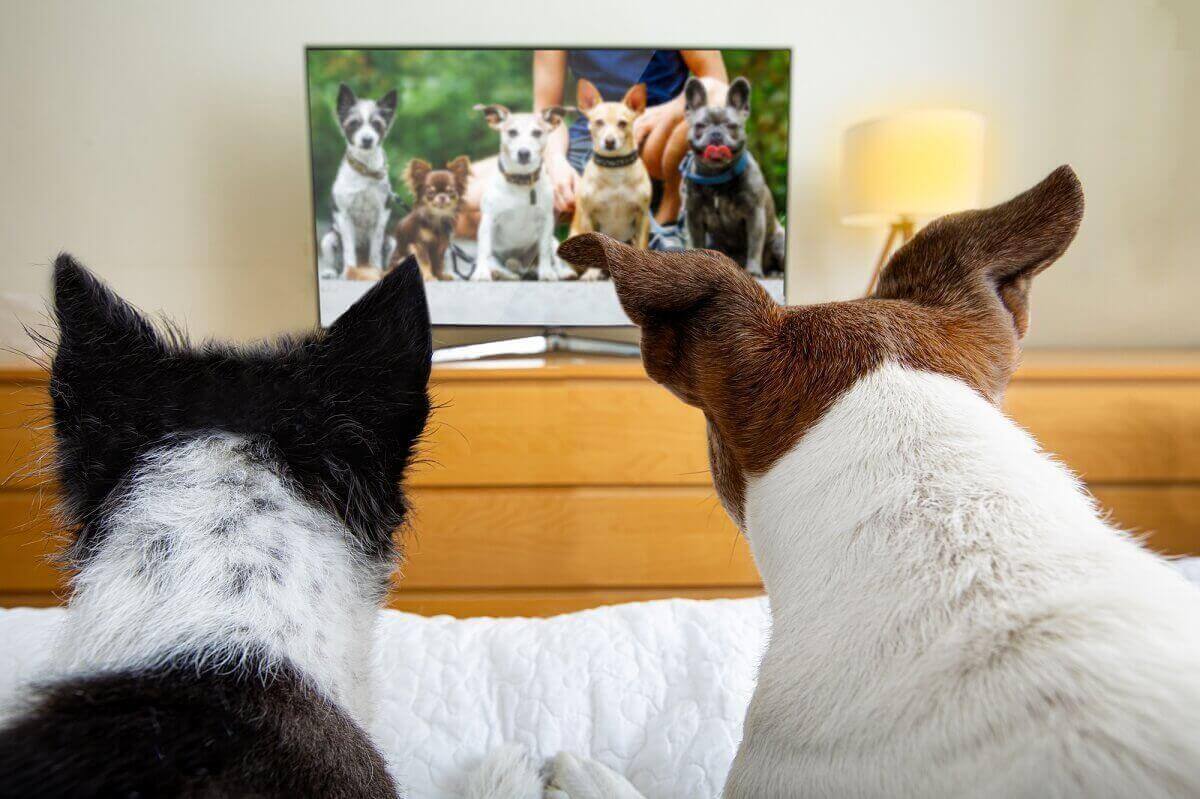
Even if your pup does not belong to a breed that is more comfortable with the idea of being left alone, like the fifteen we have featured here, there are some things you can do to make their time home alone easier and more comfortable for them, and less stressful for you.
Here are some top tips for doing so:
Give Your Pup Their Own Safe Space
Some dogs prefer the safety of their crates, while others prefer to have the freedom of the home to roam when left alone.
Whether your dog is in a crate or not, you should make sure that his path is clear of any dangers, such as hazardous foods, electrical cables, and barriers where his collar can become tangled.
Make Sure His Space Is Comfortable
In addition to leaving your pup with his favorite toys, a few treats and a cozy bed, you should also try to make sure that the temperature in your home is comfortable and consistent.
In the summer that means leaving the A/C running at a reasonable - but not freezing cold - temperature, or that a good fan is in place that will let him enjoy a cooling breeze if you don't have air conditioning.
In the winter, keep the heat on low, as most dogs hate being cold just as much as you do.
Don't Skimp on Water
Some pet parents do not leave their dog with constant access to water when they are gone for longer periods of time out of a fear that their pup will drink too much and need to use the bathroom before they can get home to walk or let them out.
Don't do this.
Whatever the time of year a dog left alone needs access to as much water as he feels he needs.
If accidents are a concern for you (which is understandable) then make sure you leave your pup in a space in your home that is not usually on show to guests and consider training him to use potty pads.
These pads are inexpensive and will protect your floors, and most dogs take to them right away.
Communicate With Them
If you are anxious about what goes on while you are away, consider investing in a small camera that can be focused on your pup's space that you can check in on throughout the day.
Pet cameras allow you to talk to your canine companion from wherever you are, and even give them a treat. Some can even alert you when your pup is barking so you can see what they're up to.
A per camera can be incredibly useful giving owners peace of mind while they're away for longer periods of time.
These work well for most dogs, although some are confused by them at first, and installing one may help ease your separation anxiety as well!
Leave Some Background Noise On
You can use television and smart assistant apps to keep your dog calmer and entertained while you are gone.
For instance, DOGTV offers scientifically created material intended to calm your dog while you're away.
Your dog will feel like they have company if you leave a television or radio on, and the background noise may help him relax if he hears a lot of noise outside that upsets him (like people shouting or cars backfiring).
Don't Make a Big Deal When You Leave
When you do leave for an extended period of time, don't make a big deal about it.
If you get upset, or kiss and hug your pup a lot, they will pick up on the fact that something strange - and maybe scary - is about to happen and become anxious too.
Instead, make sure they have everything they need, and leave.

